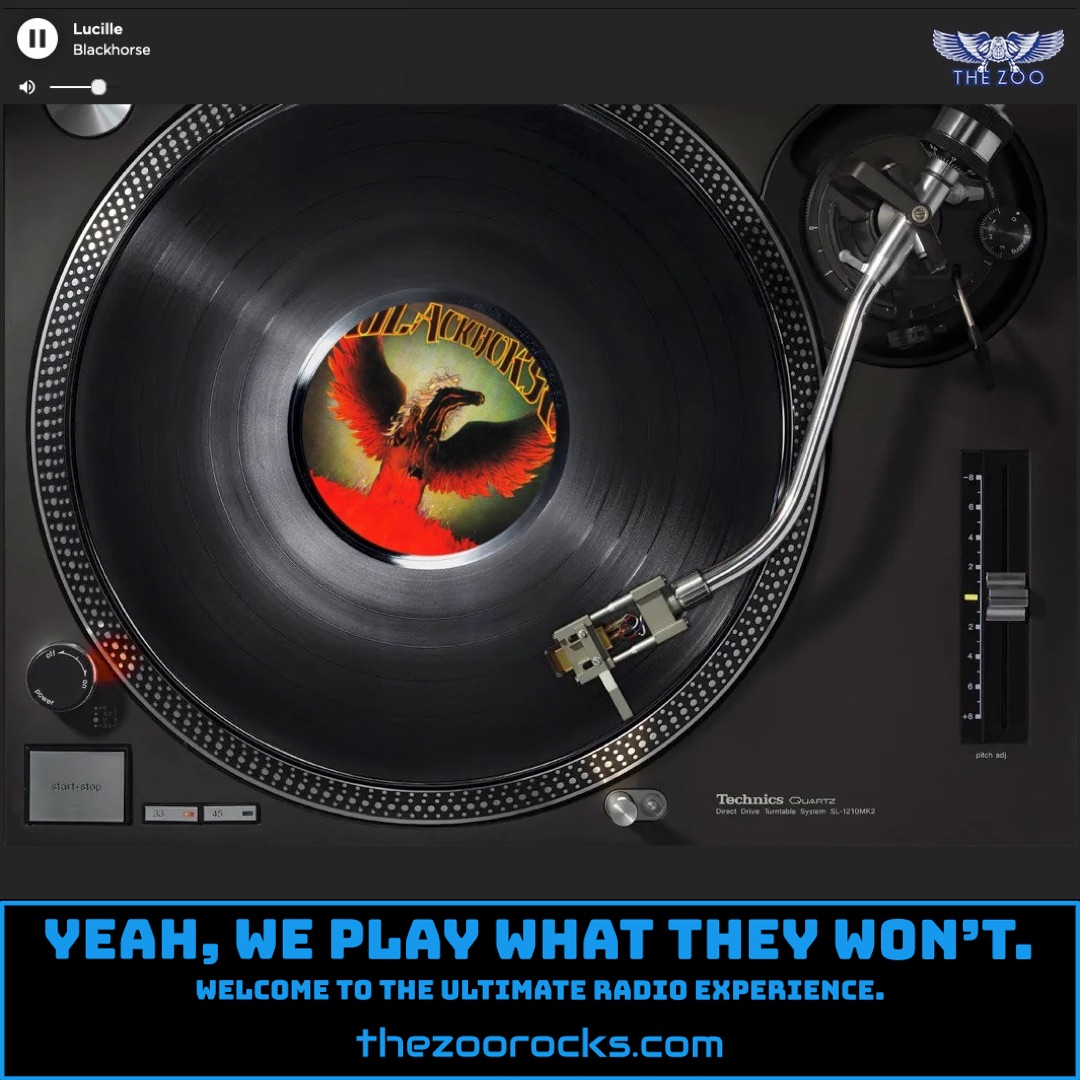2112: I. Overture / II. The Temples of Syrinx / III. Discovery / IV. Presentation / V. Oracle: The Dream / VI. Soliloquy / VII. Grand Finale
Rush
The Zoo Crew is spinning the epic "2112: I. Overture / II. The Temples of Syrinx / III. Discovery / IV. Presentation / V. Oracle: The Dream / VI. Soliloquy / VII. Grand Finale" by Rush from their 1976 album 2112, and Zoo Freaks, this 20-minute sci-fi rock opera is packed with stories worth sharing. Inspired by Ayn Rand’s dystopian novel Anthem, the song follows a protagonist in the city of Megadon, where individuality is crushed by the Priests of the Temples of Syrinx, who control all art and expression. Drummer and lyricist Neil Peart crafted this tale of a lone dreamer discovering a guitar and challenging the oppressive regime, only to face rejection and tragedy. In a 2012 Rolling Stone interview, Peart reflected on how his youthful idealism and frustration with the music industry’s cynicism fueled the song’s themes of individualism and creative freedom, though he later distanced himself from Rand’s philosophy, calling himself a “bleeding-heart Libertarian.”
Another fun tidbit comes from guitarist Alex Lifeson, who in a 2016 NPR interview chuckled about the unrealistic pacing of the “Discovery” section, where the protagonist tunes and masters a guitar in mere moments, joking, “How does he tune the guitar and learn to play it so fast?” The song also nods to Tchaikovsky’s 1812 Overture, with Lifeson’s solo in the “Overture” quoting its themes, a detail fans on Songfacts have celebrated. The track’s creation was a bold gamble—Rush faced pressure from Mercury Records to produce commercial hits after the poor reception of 1975’s Caress of Steel. Instead, they doubled down on their progressive vision, and as Eric Alper noted in a 2024 X post, this defiance paid off, with 2112 selling over 3 million copies in the US. The album’s iconic “Starman” logo, designed by Hugh Syme, became a symbol of the band’s rebellious spirit, as Peart noted in 2010, warning against mixing it with unrelated themes like steampunk.
Rush began in 1968 in Toronto, Canada, when high school friends Geddy Lee (vocals, bass, keyboards) and Alex Lifeson (guitar) formed the band with drummer John Rutsey. Initially a bluesy hard rock outfit inspired by Cream and Led Zeppelin, they played local gigs in bars and schools. Their self-titled debut in 1974, released on Moon Records, featured tracks like “Working Man,” which caught the ear of American radio. Rutsey’s departure due to health issues led to Neil Peart joining in 1974, bringing his intricate drumming and cerebral lyrics. Peart’s arrival marked a shift toward progressive rock, evident in albums like Fly by Night and Caress of Steel. Despite early struggles, including near dismissal by Mercury, 2112 cemented their legacy, blending technical prowess with storytelling.
Stay connected with Rush through their official website, Facebook, Instagram, and X. Fans can dive deeper at Cygnus-X1.Net, a comprehensive tribute site, or join discussions at The Rush Forum. On Facebook, groups like Rush Fans offer a space for Zoo Freaks to share their love for the band’s epic soundscapes.

